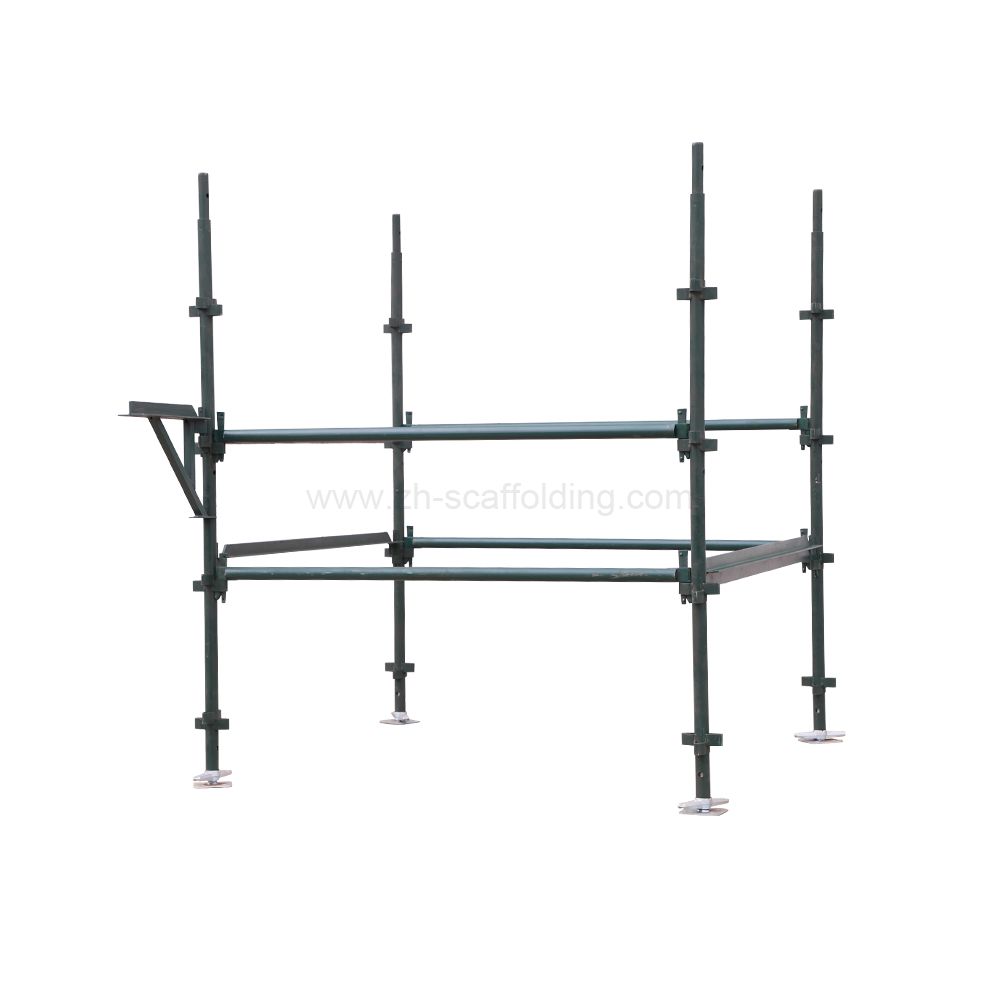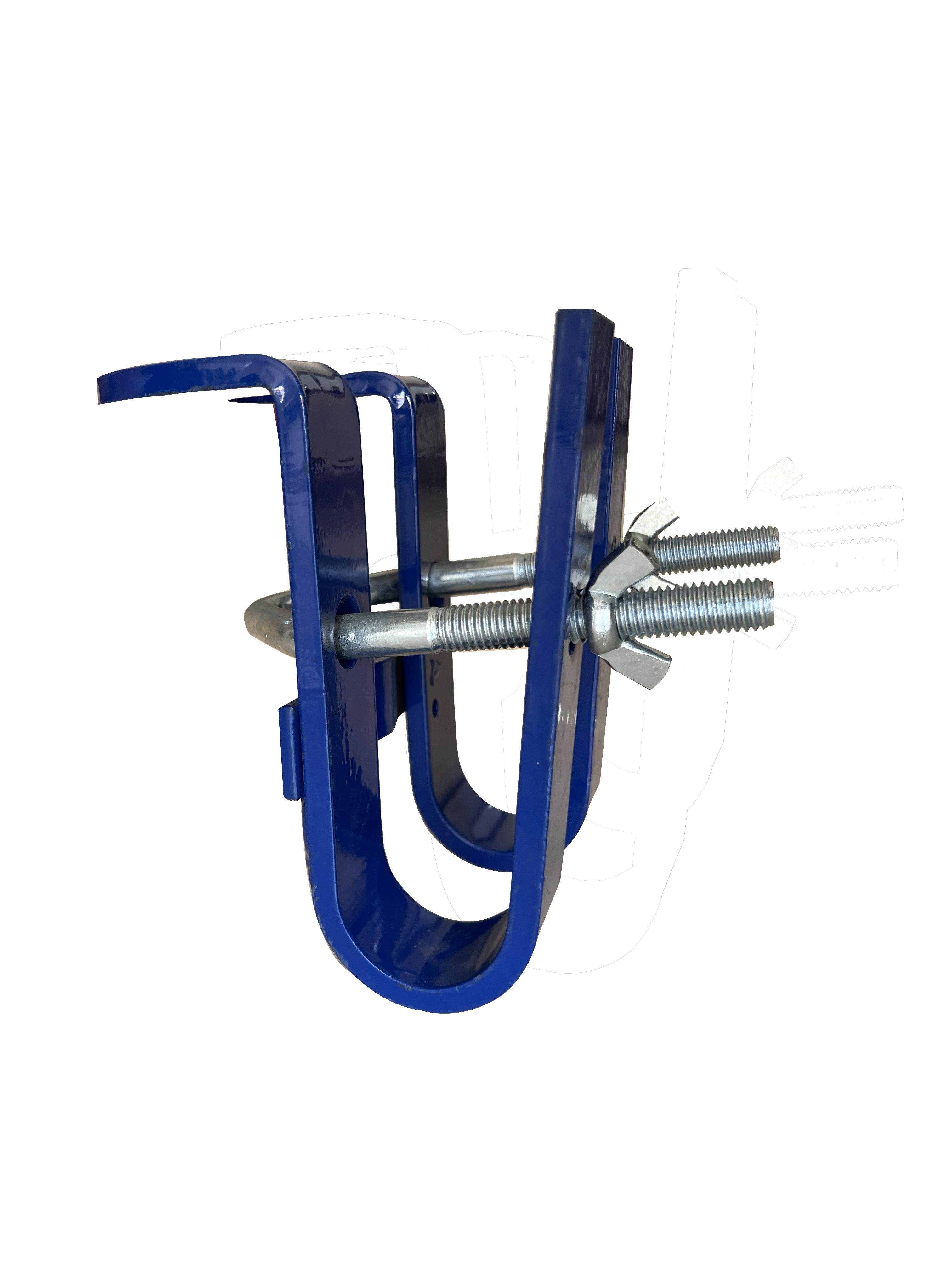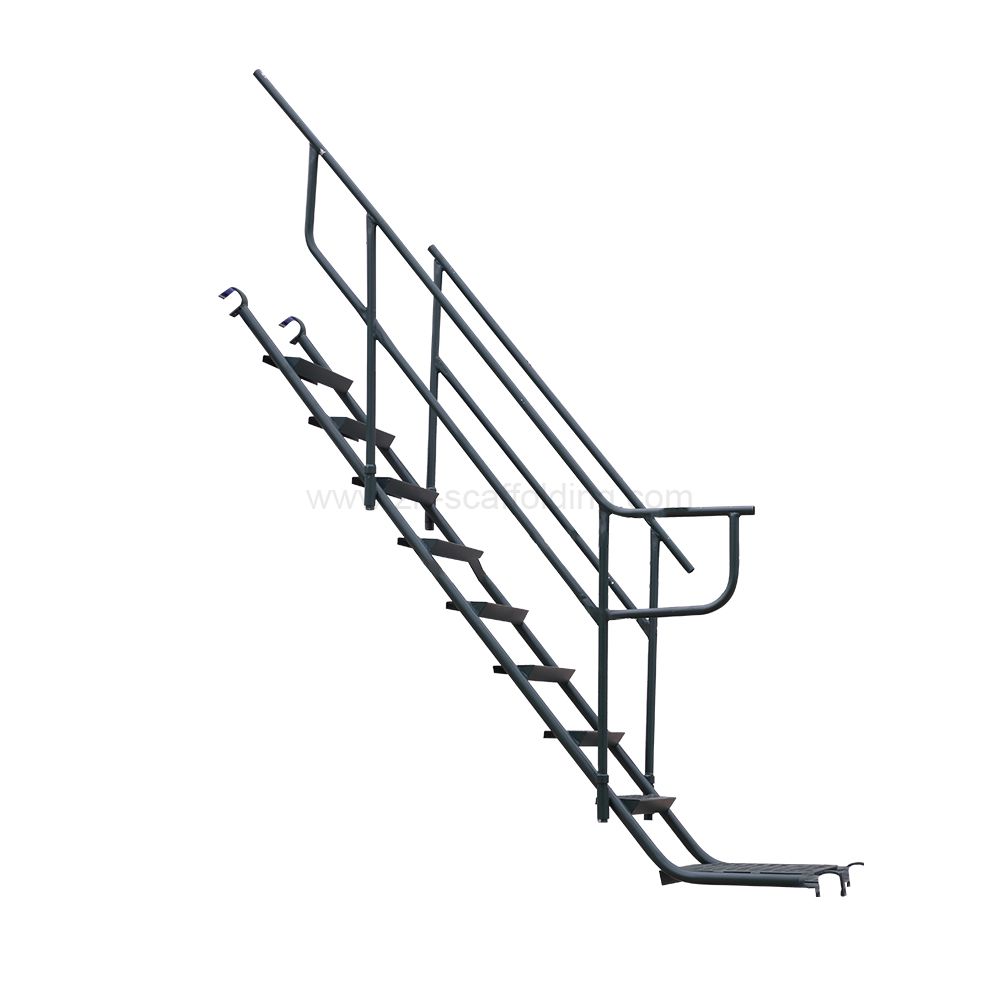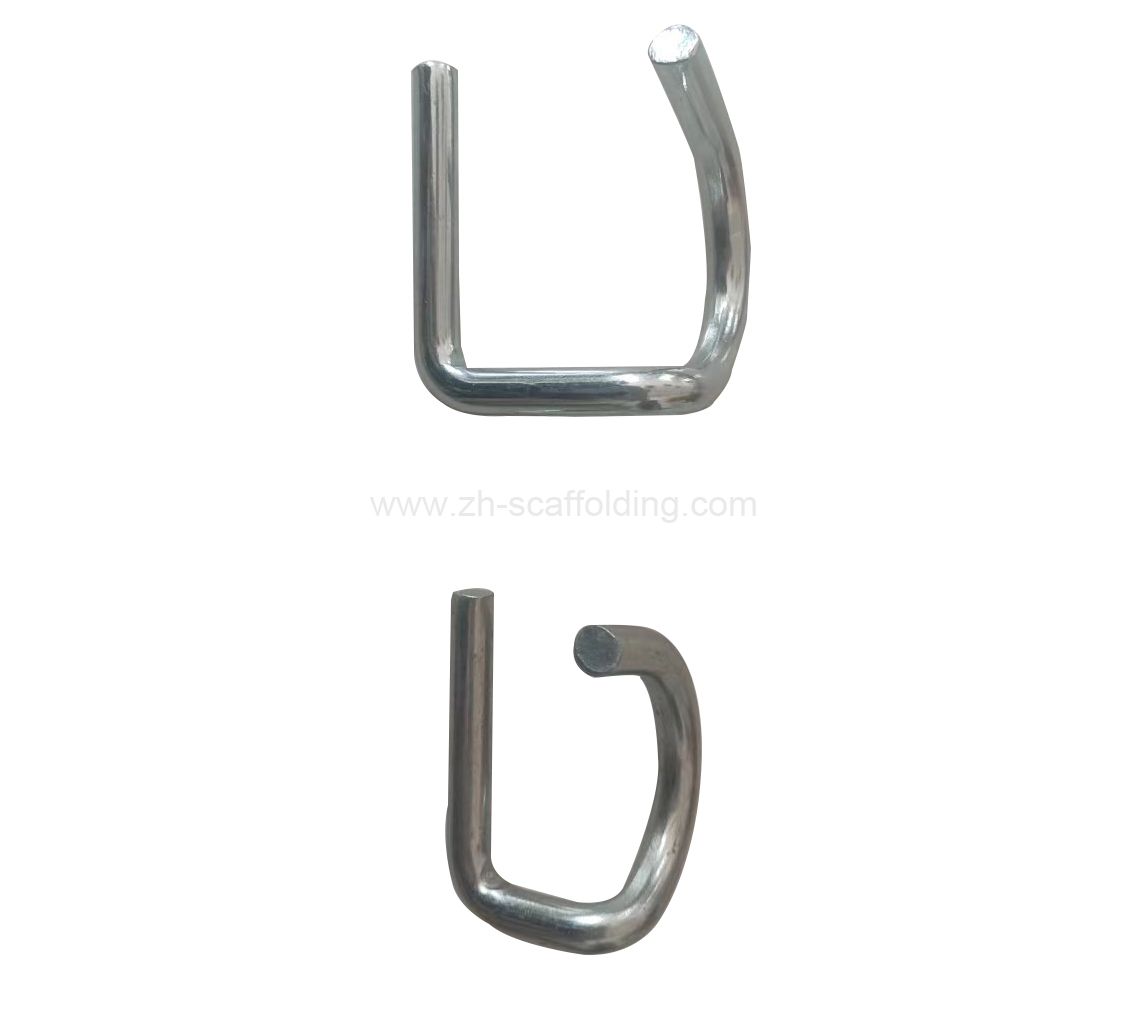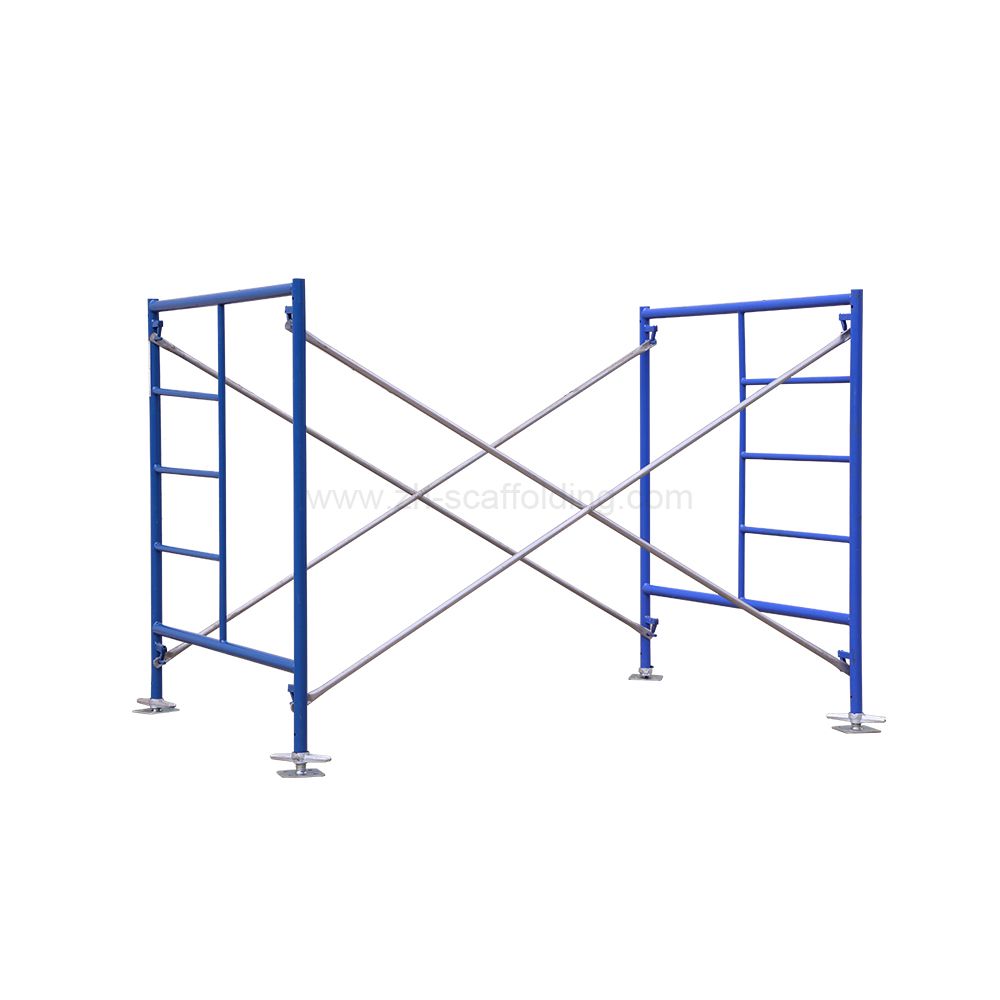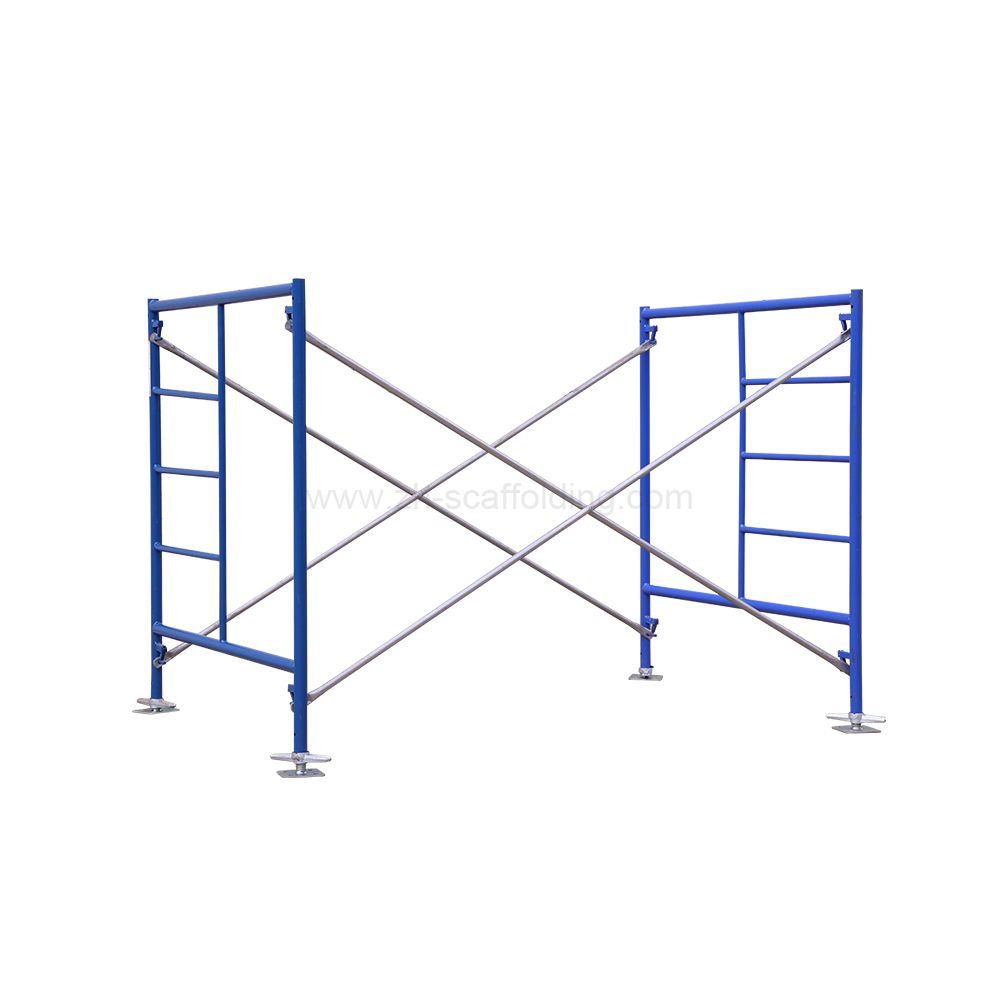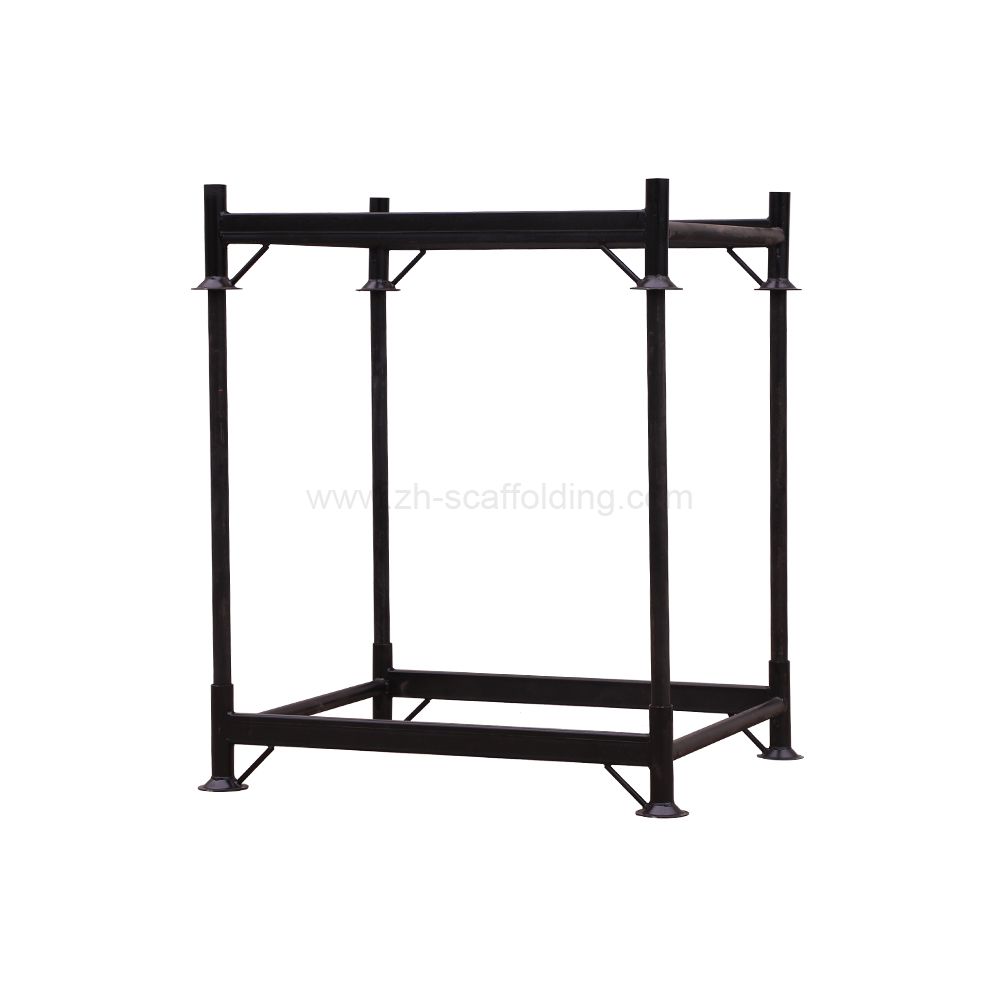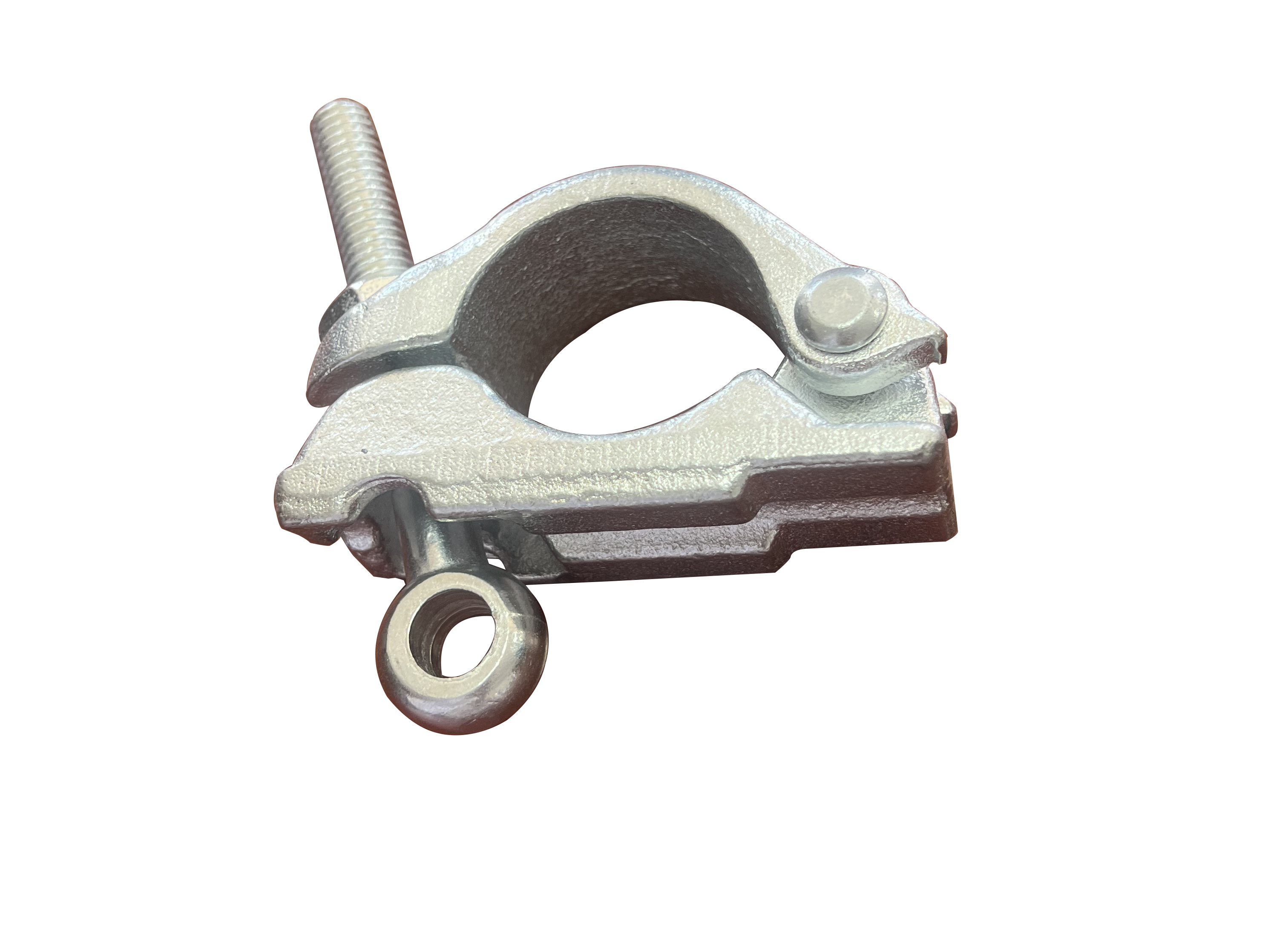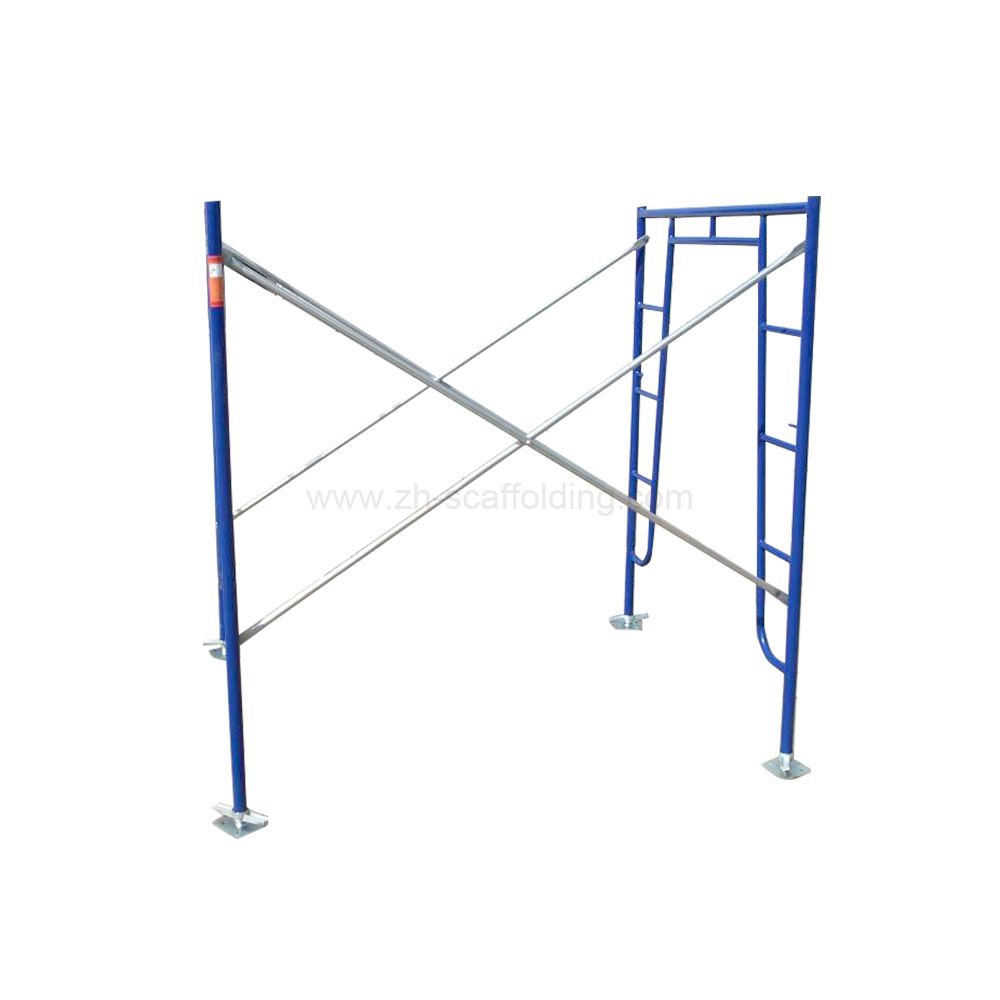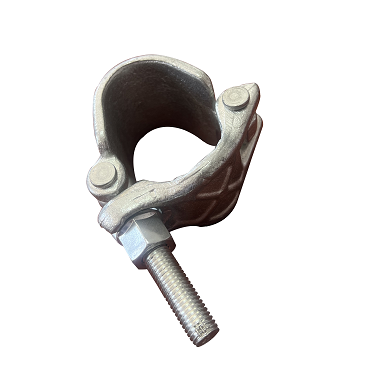What are the components of ringlock scaffolding
Scaffolding, as an auxiliary tool for building and maintenance, plays an important role in human progress. In modern society, ring lock scaffolding is considered to be one of the most versatile. What are the components of the ring lock scaffold? Why can it be widely recognized?
What are the types of scaffolding?
There are several different scaffolding forms in its shape and structure, such as trestle scaffolding, steel scaffolding, patented scaffolding, cantilever scaffolding, suspended scaffolding, single scaffolding and double scaffolding.
These forms are based on the nature of the work and the type of raw materials used to produce scaffolding.
Based on the mechanism and system type of scaffold, we have pipe and fittings scaffolding, H-frame scaffolding, Cuplock scaffolding, ring lock scaffolding.
Ring lock scaffolding is considered to be the most modern, multi-functional and capable scaffold system in terms of bearing strength. The different components used in the ring scaffolding are multiple ledgers, fixtures, guardrails, connectors, staircase beams, steps and adapters.
What are the components of the ring lock scaffold?
Ringlock scaffolding is a modular and simple vertical system support. It is one of the most popular scaffold systems. It is the same as cup scaffolding and kwikstage scaffold. It is used for building scaffolding towers, industrial scaffold offshore oil and gas, temporary poles of concrete formwork.
Ringlock scaffolding components include standard vertical parts, a lotus seat ring every 500 mm, a horizontal ring lock, cast steel and wedge pins at the end of parting rods, Diagoanal brackets, steel platforms, stairs, etc.
Ringlock starter base shaft provides a stable foundation for the whole system scaffold in construction, construction and concrete forming.
According to EN12811 standard, Ringlock scaffolding material should be higher grade steel than Q345.
Ringlock Scaffold Rose Ring in various shapes including Layher Allround Type, Pin Lock Type, New Zealand Type, South America Type, Africa Type.
Ringlock standard socket can be pressed in, bolt and nut type.
What are the advantages of ring lock scaffolding?
It provides greater flexibility, can lock different numbers of angles, and accurately align 45 o/90 o with a notch.
It provides up to eight connections with different system segments, uses unique lotus seat arrangement, and can use hammer self-locking through adaptive wedges.
It provides the best frame-body stability in similar products, supports complete vertical bar, bar, horizontal diagonal and vertical diagonal structure in 3D space, and provides complete lattice subsystem.
Commonly used ring lock scaffolding materials are cold dip or hot dip galvanizing, and anti-corrosion technology is used to ensure the service life and reliability of components.
They are assembled quickly and easily from fewer components and are easy to store and transport.
In addition to these reasons, the load-carrying capacity of the Ring-Lock scaffold has shown to be better than that of its counterparts. Rose geometry provides flexibility and choice not only unique, but also supports several different types of buildings through plate formwork, bridge formwork, etc.
Scaffold is an important part of our construction, construction and related maintenance work. Therefore, choosing the right scaffolding not only for safer aerial work, but also need to improve the construction time.
Storage and transportation of scaffolding raw materials can lead to delays, especially in large construction sites where circular scaffold components can help reduce these problems. Faster installation time can also save labor costs. Although longevity means that they enjoy a longer life, thus improving reusability. This further helps to control the cost of purchasing new scaffold materials, especially in intensive operations.
How to install ring lock scaffolding?
1.Place adjustable base according to site and layout size, adjust base nut to the same level;
2. The vertical pole is installed on the adjustable base adjacent to the vertical pole.
3.This will correspond to the span length of the track hook in the installed release device and the span length between the disk buttons.
4. At the same time, the adjacent studs and hooks are installed.
5. Continue to install polarization. After polarizing a unit, catch four sticks. 6. Use adjustable base with horizontal or horizontal rotation to lay a good foundation for horizontal adjustment.
Regardless of the type of scaffold, the installation and processing quality of scaffolding materials must meet the required requirements. It is strictly forbidden to use unqualified scaffold materials to prevent accidents.
Generally speaking, scaffolding must be scaffold, safety technical operation rules, scaffolding height greater than 15 meters, design, calculation and detailed description, installation scheme, approval by superior technical personnel, written safety technical instructions before installation.
The risks of large ring lock scaffolding and special cranes, rafts, cranes, sockets and stacking trusses must also be designed and approved. Develop separate safety technical measures.
After accepting the task, the construction team must organize personnel, carefully grasp the scaffold, clearly define the special safety construction organization design and safety technical measures, safety installation methods, excellent technology, experienced technical personnel. ICIANS is responsible for technical guidance for installation.
Conclusion
Modern projects are large-scale and need safer and more versatile scaffold to support high-altitude operations while ensuring the safety of workers. If you need a better, safer, and precision-tested ring lock scaffold, Nanjing Tuopeng Construction Technology can provide you with the perfect product.


